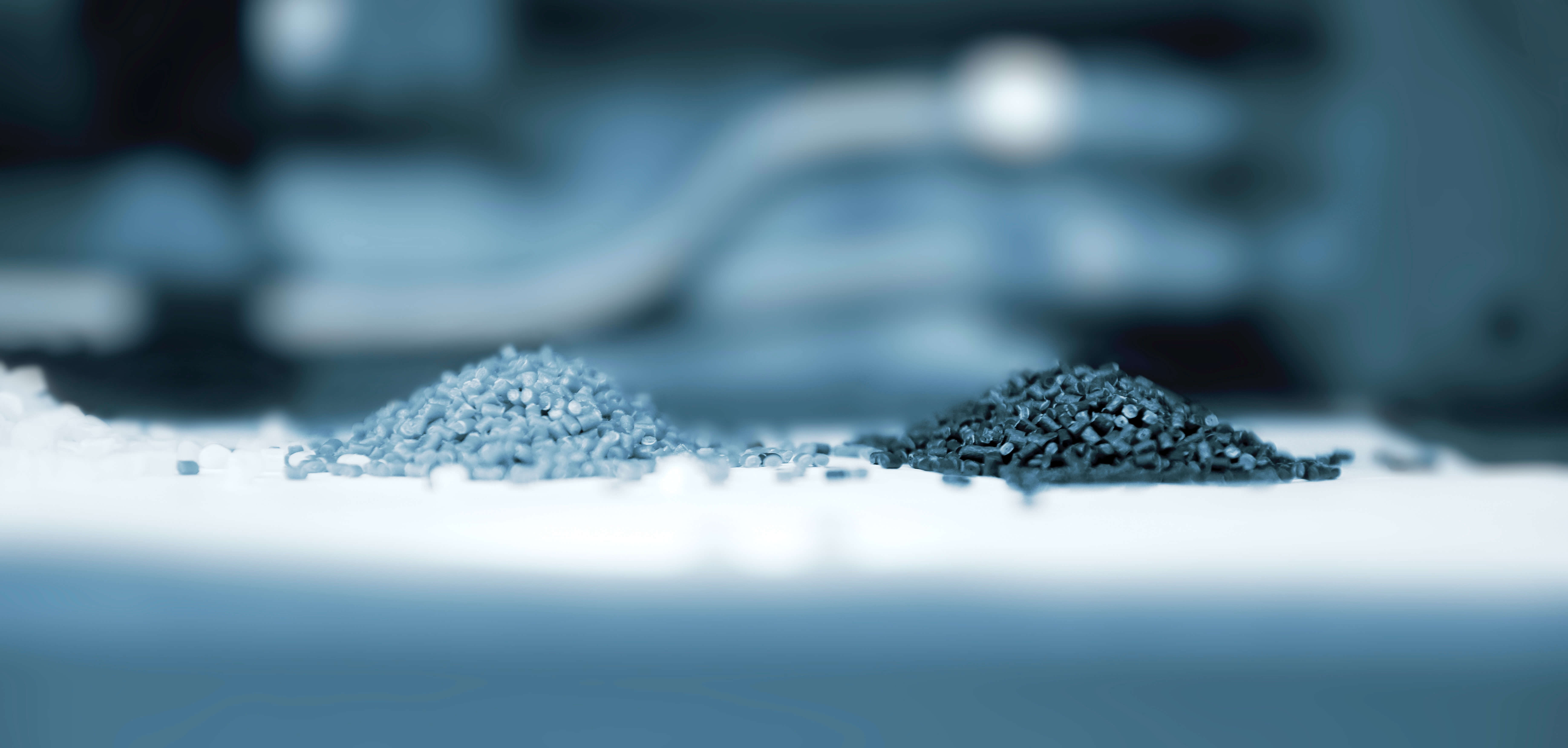Progress in plastic recycling
03/31/2020

The use of plastic is constantly increasing and in 2018, global production consisted of just over 360 million tonnes*. Plastic mainly consists of one or more polymers which have been mixed with additives. As the use of plastic increases, so does the need to recycle what is produced.
According to researchers affiliated with the Mistra-funded research program STEPS, Sustainable Plastics and Transition Pathways, today’s recycling of plastic is insufficient. A majority of the plastic packaging manufactured is not made for recycling and only 14 percent is collected globally for recycling. Sorting polymer containing a larger proportion of carbon black (soot) is one of the biggest challenges connected to this. This is something commonly discussed as black plastic.
Today, black plastic is widely used. One example is the food industry where the dark pigment of the packaging provides a contrasting background which makes the colors of the food highlighted in a satisfactory way. Polymer with a greater amount of black pigments is also used for technical applications with special requirements, such as for vehicle components and electronics. The product has a low cost and good propagation- and masking characteristics. Both retailers and manufacturers are therefore keen to solve the challenge of recycling black plastic, but so far, the solutions have been few.
Nexam Chemical meets demand
Today, FT-IR and NIR technology ** are used to detect and distinguish polymers for recycling. However, the optical sorting machines used have limitations because they cannot automatically divide plastic articles containing higher levels of black pigment. The infrared light used by the machines is absorbed by the dark pigment and instead of the plastic articles being sorted and recycled, they become waste. The fact that dark plastic items become invisible and get thrown away, is an important problem to be solved because the plastic waste leads to environmental and financial losses.
As we previously revealed, Nexam Chemical conducted successful tests in 2019 with new solutions in NIR spectroscopy for detection and sorting of black colored plastic. The tests, which were carried out at TOMRA’s test facility in Germany, have continued to generate good results. In short, carbon black is replaced with an innovative alternative which is readable with NIR technology. To the eye, the color is perceived as very dark, but in fact it is not completely carbon black. This allows the machines to distinguish the particles. The result is that the plastic retains its positive traits while being recyclable.
Against this backdrop, Nexam Chemical has initiated new projects with commercial partners and further tests have been carried out. Naturally, we will continue with progress updates in coming newsletters.
* PlasticsEurope: Plastics – the Facts 2019. An analysis of European latest plastics production, demand and waste data.
** Near infrared spectroscopy